Former Daniel Norman Residence
The former Daniel Norman residence stands next to the former Nagano Normal School Teachers’ Office.
Canadian Methodist missionary Daniel Norman was a missionary in Nagano from 1902 to 1934.
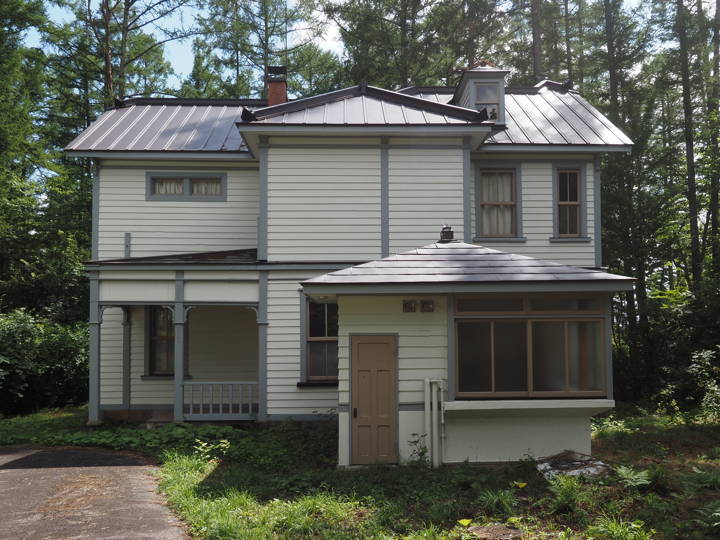
This building was built in 1904 in the town of Nagano as Norman’s residence. It was designed by Daniel Norman himself and built by Shigezo Uchida, a master builder in Nagano Town.
Daniel Norman’s son, Howard Norman, wrote in his book 'Norman in Nagano’ (Fukuinkan Shoten / 1965).
“Our house was at the south-west end of this urban area. The house was owned by the missionary corps for 57 years, but has now been sold. But the house itself is still standing. It was built in 1902 by my father, accompanied by my mother, in accordance with her wish to have something new, bright and rational, instead of the gloomy and cluttered structure of the traditional Japanese houses."
“The entrance was on the north side of the ground floor, followed by a small, rarely used drawing room and a corridor. On the north side, there was also a dimly lit room with shelves. One shelf contained Bibles and pamphlets for evangelism and another shelf was used to for storing foodstuffs.
(…omitted…)
Upstairs, there were several rooms all the way. To the north, including a rather dingy visitor’s bedroom, a bathroom and a closet. The rooms that were normally used most often were all on the south side. The sunroom, living room, dining room and kitchen were on the ground floor, while the bedrooms and children’s rooms were upstairs."
I don’t know if it was practical or not, but Daniel apparently also installed various 'devices’ of his own devising, such as a pulley to lift loads upstairs without using the stairs. A missionary family member who later lived in the house wrote in a letter that they liked the house because it was fitted with so many unusual devices, like a trick.
The interior is not open to the public, so only the exterior is visited.。

This is the entrance area.

Turn to the south to see. The south side of the building is wooded, so I could only photograph it from close up.
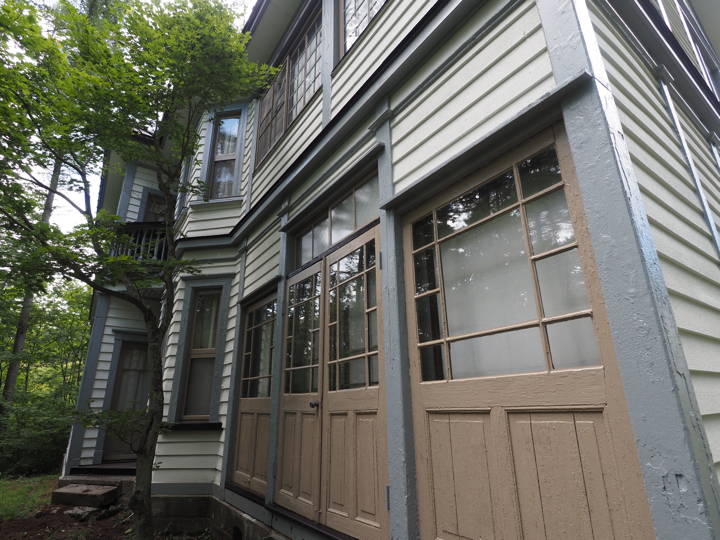
The former Daniel Norman residence before its relocation was featured in the January 1969 issue of “New Houses". This photograph shows that a terrace was attached to the south side of the building.
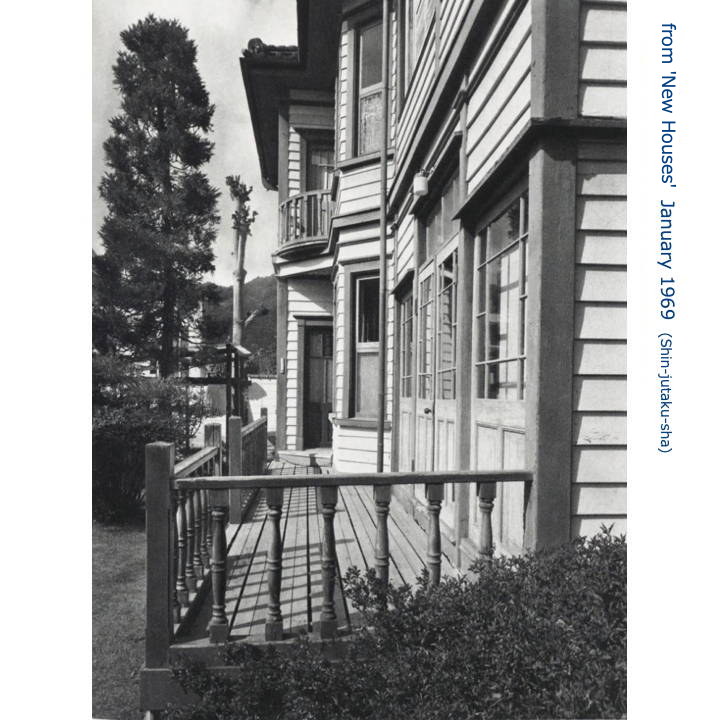
The shape of the handrail on this terrace is similar to the component shown in this photograph.
Perhaps the member placed in the former Teacher’s Office is the handrail of the terrace here.
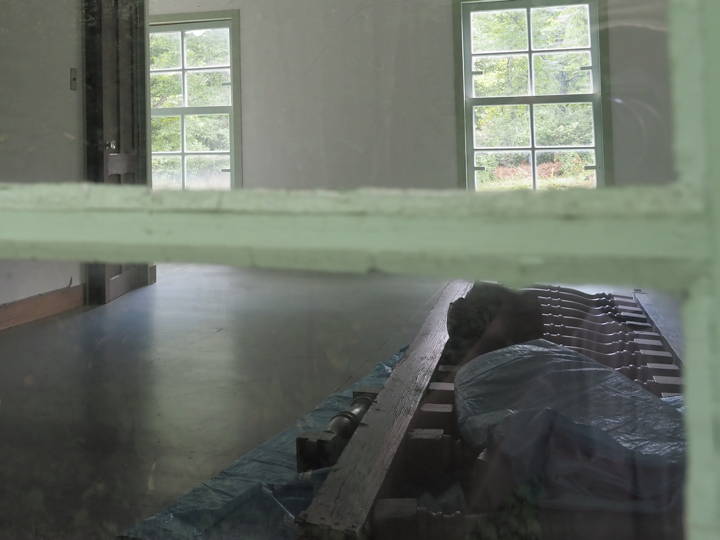
The plan shows that this door seems to be the door to the dining room.
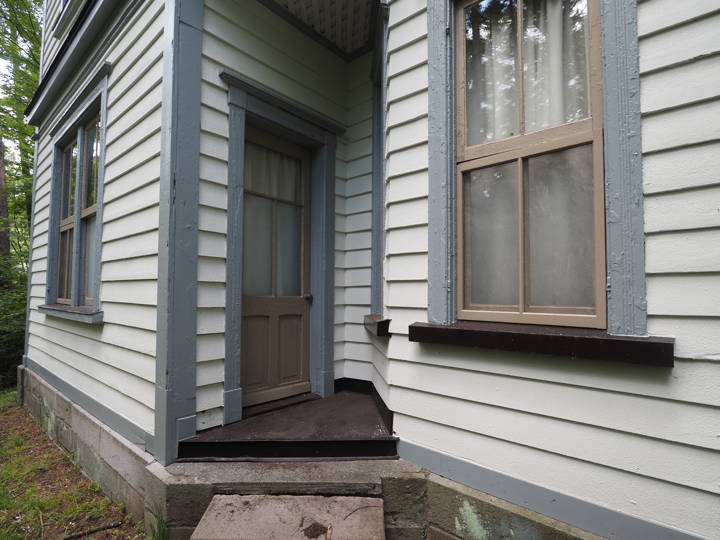
This is what it looks like when photographed with a wide-angle lens. A balcony has been built above the dining room door.
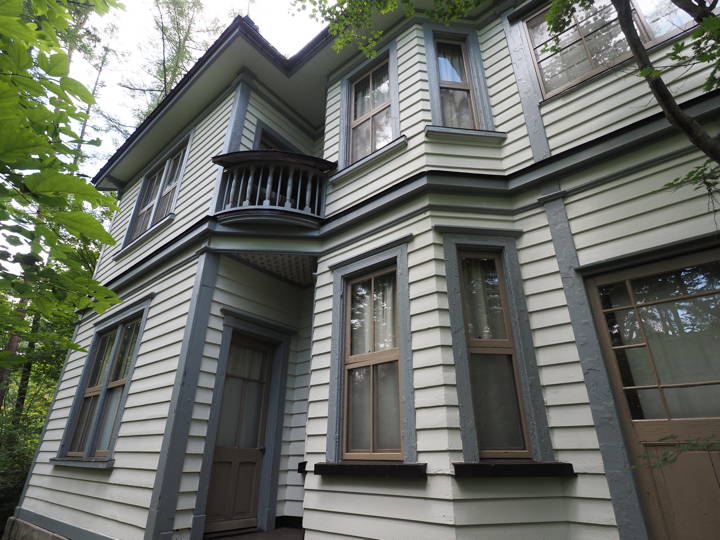
Taken from in front of the dining room, looking east.
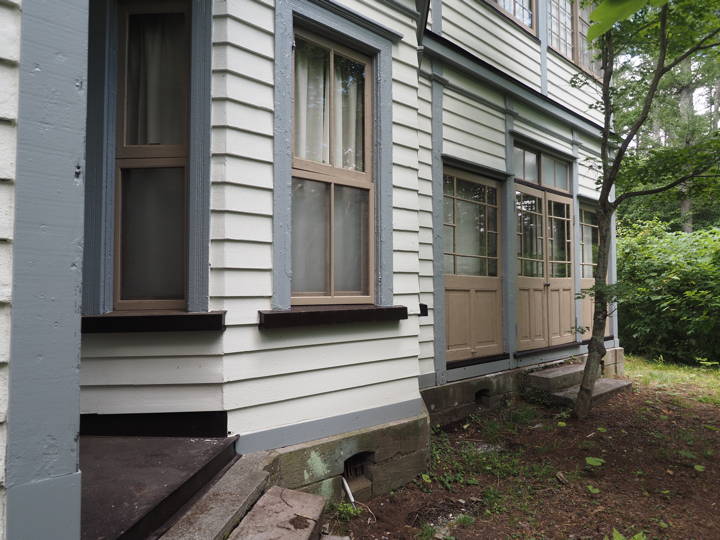
This is the west wall.
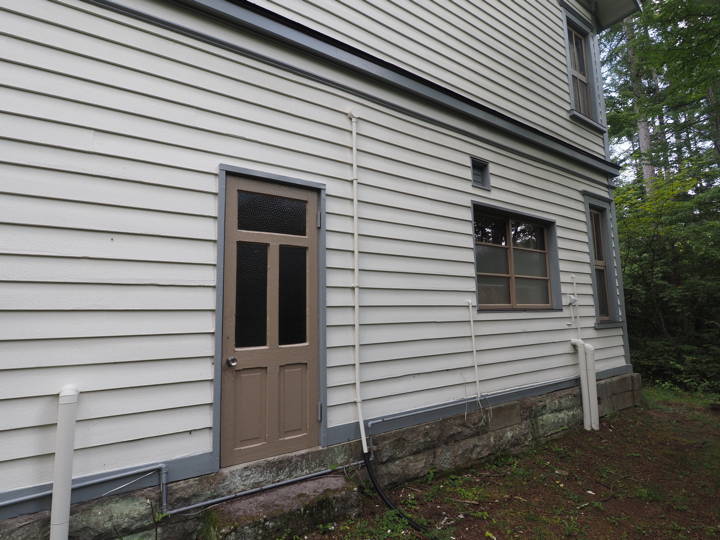
I circled the building.
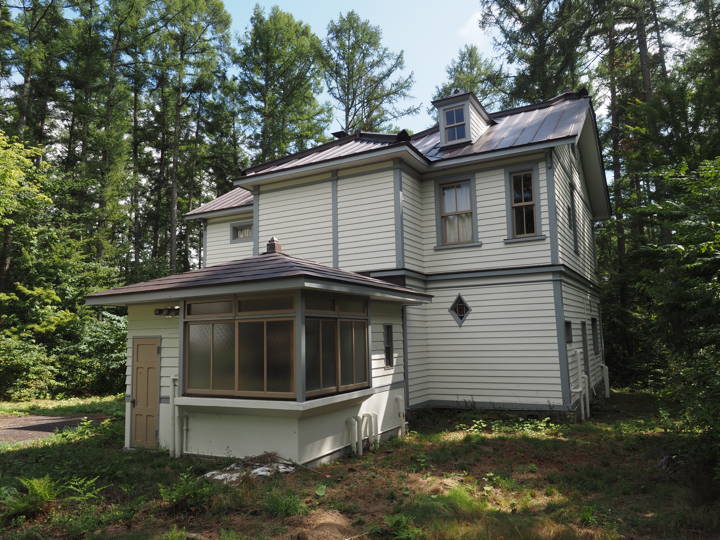
The rhombus-shaped window was photographed from close up.
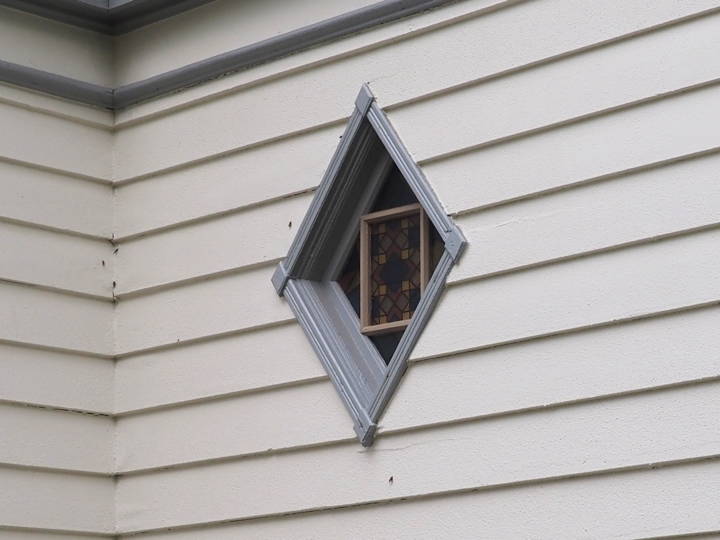
Daniel Norman lived in the house for about 30 years and worked as a missionary until 1934. When at the age of 70, he gave the house to a younger missionary and moved to Karuizawa. The path in Karuizawa where Norman’s villa was located is now named 'Norman Lane’.
He intended to settle in Japan, but the escalation of the Sino-Japanese War led to anti-British and anti-American public opinion, and he returned to Canada in 1940.
The former Daniel residence was later sold and was used as a residence by the vice-president of Kitano Construction Corp. until 1969.
In July 1971, the building was moved to Iizuna Kogen, during which time the tiled roof was replaced with an iron sheet bar roof. And it was designated a Prefectural Treasure in December 1971.
It seems that one of the reasons why Kitano Construction offered to relocate the former teacher’s office of the Normal School was that they had already started the relocation of the Norman residence. I heard that they were thinking of building a place on the Iizuna Kogen where old buildings could be collected, similar to Meiji-mura.
[Reference] (written in Japanese)
'Norman in Nagano’ (written by W. H. Norman, translated by Hiroto Hirabayashi / Fukuinkan Shoten / 1965)
'New Houses (Shin-jutaku)’ Jan 1969 (Shinjutaku-sha)
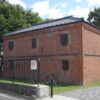
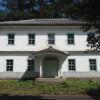
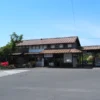

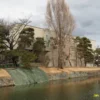
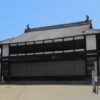
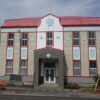
Discussion
New Comments
I so appreciate these photos! My family was the one which lived in this house from 1948 to 1954/5 ish, and I have many memories of it, and of happily attending the near-by yochien. My grandson and I will be visiting Nagano soon, and I had hoped to be able to walk around the house in its new location with him, but I understand that it is surrounded with snow, and not such a good idea. So these pictures will be perfect to be able to show him.
Arigato gozaimasu!
Thank you for your comments. I did not expect to receive comments from people who have lived in this house.
I am glad you liked the photos in this article.
And I wish you a pleasant trip to Nagano.